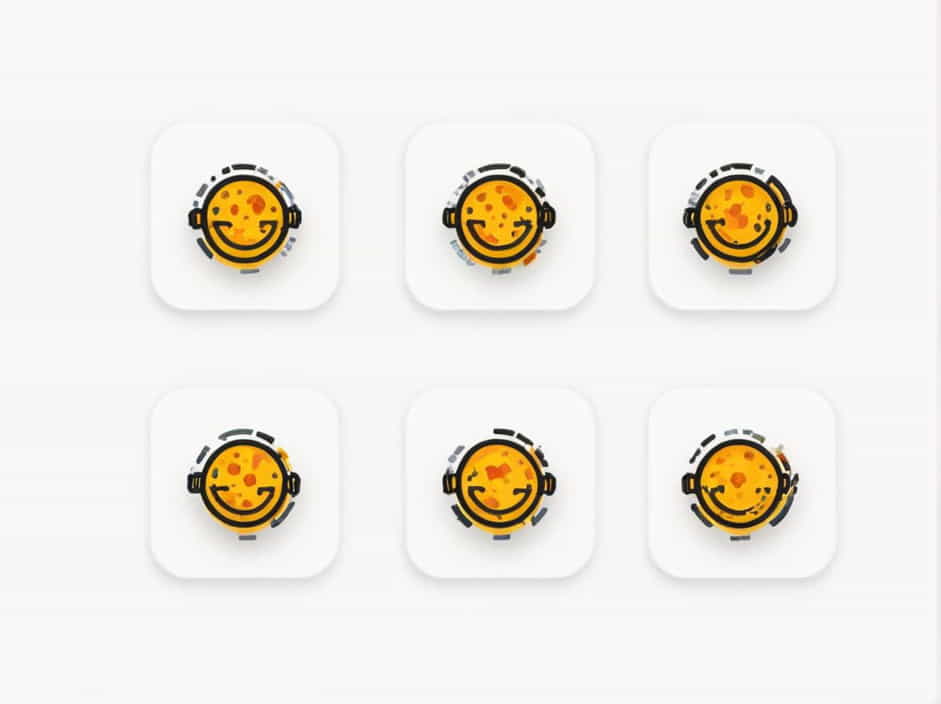A phobia is an intense, irrational fear of a specific object, situation, or activity. Unlike regular fears, which are manageable, phobias can cause extreme anxiety and interfere with daily life.
This topic explores the definition of phobia, its different types, causes, symptoms, and possible treatments to help you better understand this psychological condition.
What Is a Phobia?
A phobia is a type of anxiety disorder characterized by an overwhelming and persistent fear of something that poses little or no real danger. When exposed to the feared object or situation, a person with a phobia may experience panic attacks, dizziness, rapid heartbeat, or shortness of breath.
Phobias can develop at any age and may be triggered by past trauma, genetics, or environmental factors.
Types of Phobias
Phobias are generally categorized into three main types:
1. Specific Phobias
These involve an intense fear of a particular object or situation. Some common specific phobias include:
- Arachnophobia – Fear of spiders
- Acrophobia – Fear of heights
- Claustrophobia – Fear of enclosed spaces
- Ophidiophobia – Fear of snakes
- Trypophobia – Fear of clusters of small holes
2. Social Phobia (Social Anxiety Disorder)
This involves a fear of social situations where a person may feel judged, embarrassed, or humiliated. People with social phobia often avoid:
- Public speaking
- Social gatherings
- Meeting new people
- Eating in public
3. Agoraphobia
Agoraphobia is a fear of situations where escape may be difficult or where help may not be available in case of a panic attack. This can include:
- Crowded places
- Public transportation
- Open spaces
- Being alone outside the home
Causes of Phobias
Phobias can develop due to various factors, including:
1. Traumatic Experiences
A past negative or frightening experience with an object or situation can trigger a phobia. For example, a person who was once trapped in an elevator may develop claustrophobia.
2. Genetics and Family Influence
Phobias may run in families. If a close family member has a phobia, a person is more likely to develop a similar fear.
3. Brain Function and Chemical Imbalance
Phobias are linked to overactivity in the amygdala, the part of the brain responsible for fear responses. A chemical imbalance in the brain may contribute to anxiety disorders and phobias.
4. Learned Behavior
Observing others’ fears can lead to developing a phobia. For example, a child who sees a parent panic around dogs may develop cynophobia (fear of dogs).
Symptoms of Phobias
Phobias trigger physical and emotional reactions when a person is exposed to the feared object or situation. Common symptoms include:
1. Physical Symptoms
- Rapid heartbeat (palpitations)
- Shortness of breath
- Dizziness or nausea
- Trembling or shaking
- Sweating
- Chest tightness
2. Emotional and Psychological Symptoms
- Intense fear or anxiety
- A strong desire to avoid the feared object or situation
- Feeling out of control
- Panic attacks
Effects of Phobias on Daily Life
Severe phobias can significantly impact a person’s quality of life. Some common effects include:
1. Avoidance Behavior
People with phobias go to great lengths to avoid their triggers. For example, someone with aerophobia (fear of flying) may refuse to travel by plane, limiting their career or personal opportunities.
2. Social and Emotional Struggles
Social phobia can make it difficult for a person to form relationships, attend social events, or perform well in work or school environments.
3. Increased Anxiety and Depression
Untreated phobias can lead to chronic stress, anxiety disorders, and depression, affecting mental well-being.
Treatment for Phobias
While phobias can be distressing, they are treatable with various psychological therapies and techniques.
1. Cognitive Behavioral Therapy (CBT)
CBT helps individuals change their thought patterns and reactions to the feared object or situation. It is one of the most effective treatments for phobias.
2. Exposure Therapy
In this therapy, a person is gradually exposed to the object of their fear in a controlled environment. This helps reduce anxiety over time.
3. Medication
Doctors may prescribe anti-anxiety medications or antidepressants to help manage severe phobias, though medication is usually combined with therapy.
4. Relaxation Techniques
Practices like deep breathing, meditation, and progressive muscle relaxation can help reduce anxiety symptoms.
How to Cope with Phobias
If you or someone you know has a phobia, these strategies can help:
1. Identify and Challenge Your Fears
Understanding the cause of the phobia and questioning irrational fears can reduce anxiety.
2. Practice Relaxation Techniques
Breathing exercises, mindfulness, and yoga can help control panic responses.
3. Seek Professional Help
A therapist can help develop a personalized plan to overcome phobias effectively.
4. Gradual Exposure
Facing fears in small steps can help reduce their intensity over time.
Phobias are more than just simple fears—they are serious anxiety disorders that can impact daily life. Understanding the meaning of phobia, its causes, symptoms, and treatments can help individuals manage and overcome their fears.
With proper treatment and coping strategies, phobias can be controlled, allowing people to lead happier and more fulfilling lives.
